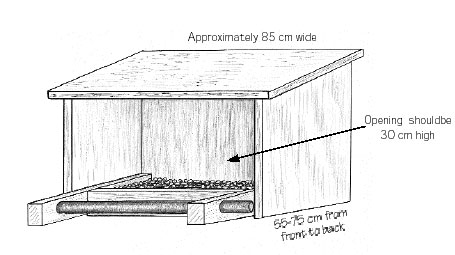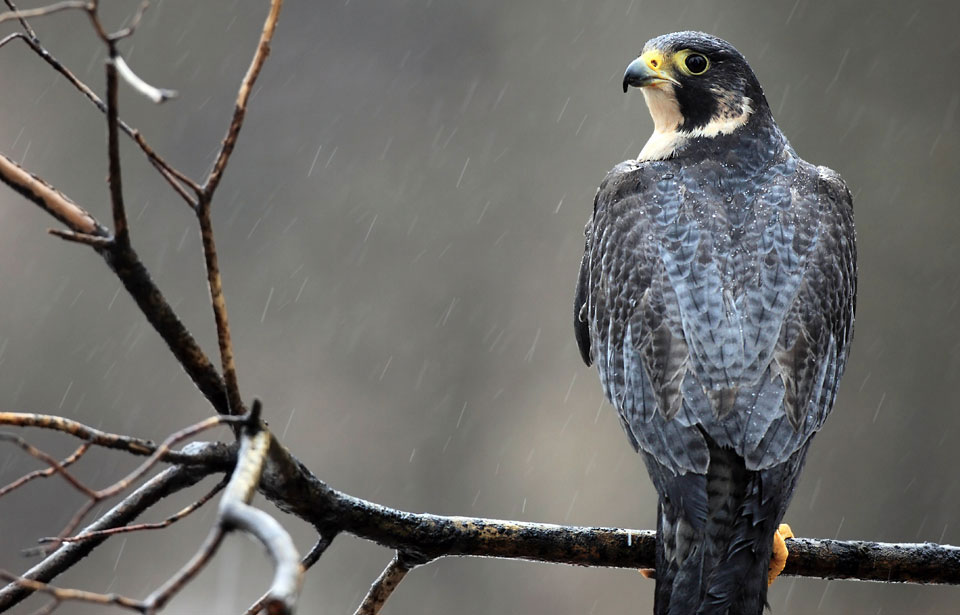The dramatic comeback of the peregrine falcon is a story of triumph against great odds. This noble predator vanished from most of North America in the 1950s. The species fell victim to pesticides (DDT in particular) absorbed from its prey, causing females to lay eggs with shells so fragile they rarely hatched.
The turnaround came in the 1970s, when conservationists mobilized worldwide to prevent the peregrine’s extinction. They succeeded in getting DDT removed from the North American market. Programs to raise falcons in captivity began to rebuild the population. Thousands have since been released across Canada and now breed successfully in the wild. Today, one of the world’s fastest birds can be seen again, streaking high over river gorges and in the skies of metropolises like Montreal, Winnipeg, and Edmonton.
No longer listed as “endangered,” the peregrine remains a “threatened” species. Its full restoration is still years away due to habitat loss on its breeding grounds and the ongoing use of DDT on its Latin American wintering grounds. Why not help this swift raptor in its race for survival?
- Enlighten yourself and others about falcon conservation. Invite a speaker from a local peregrine recovery team to address your class. Tell classmates, family, friends, and neighbours about conservation efforts taking place in your area. Create displays for your school and community to help spread the word.
- Volunteer to survey falcons in cities and rural areas. Your duties could involve reporting sightings of peregrines while recording their behaviour, eating habits, and nesting success. Find out about groups that need volunteers through your nearest branch of the Canadian Wildlife Service or your provincial or territorial wildlife agency.
- Build nesting structures. Falcons are finicky about their homes. Rectangular boxes, carefully built and installed, have proved highly successful on buildings and natural cliffs.
- Team up with a recovery team or government wildlife agency before attempting a nesting box program.
- Use 2.5-cm (1”) untreated softwood or any wood that resists weathering for the main structure and a 5-cm-diameter (2”) wooden pole for the perch.
- Follow the construction plan laid out below. Cut the roof, bottom, sides, back, front, support braces, and perch. Drill small drainage holes in the bottom.
- Assemble the pieces using 5-cm (2”) coated flat-head screws.
- Add 8 to 10 cm of pea gravel (not too rough or it may crack the eggs) as a nesting base.
- Students should by no means attempt to install these structures themselves. Have an expert mount the box in a high location near water. Cliffs, building ledges, and catwalks on smokestacks are recommended sites.
- Once falcons discover your nesting box, work with your conservation partner to monitor their breeding success.




